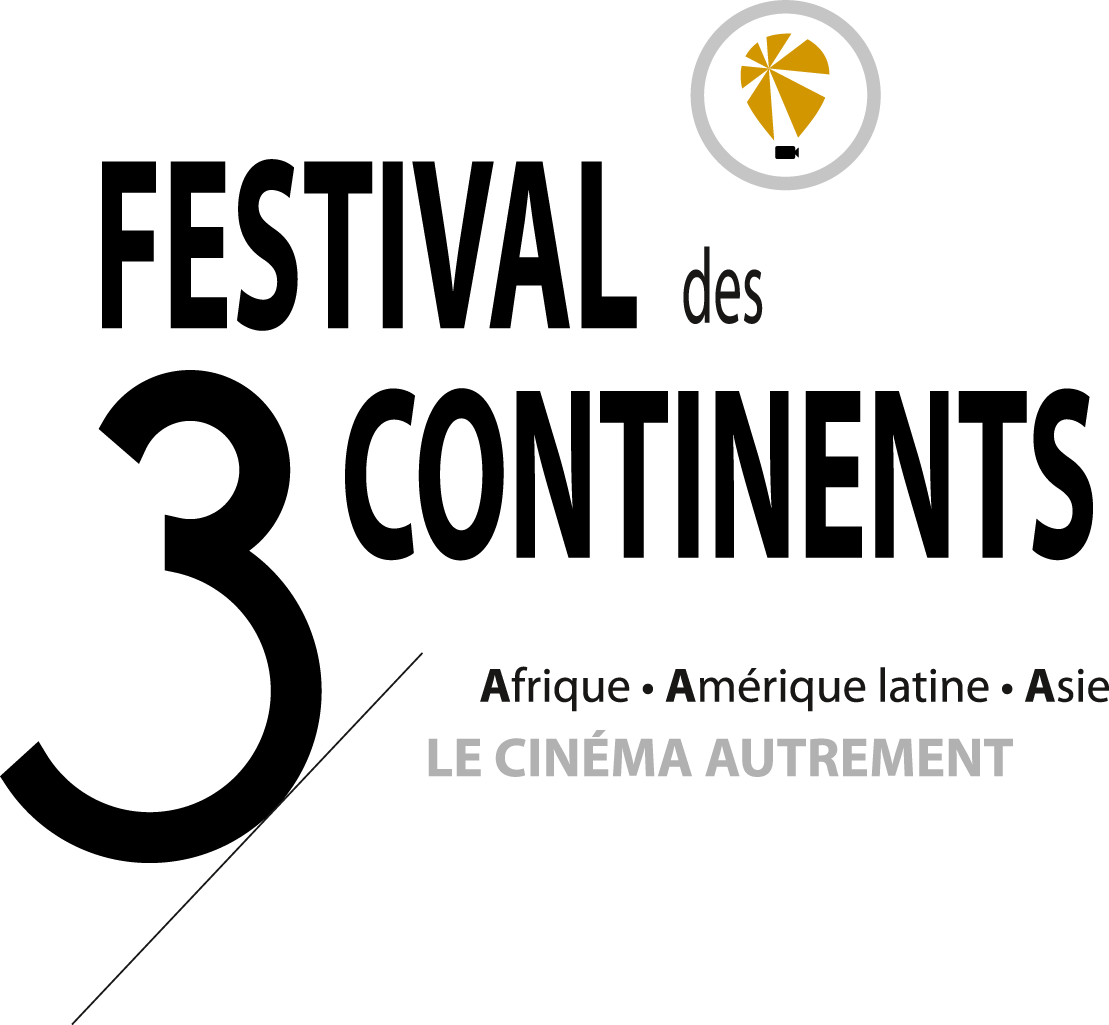Most researchers and critics agree that the history of Moroccan cinema really starts with Hamid Bennani’s Wechma in 1970. Until then films produced in our country were only Moroccanised versions of Egyptian melodramas. Wechma started a new film movement called “cinematic modernity” which was based on the following principles:
1. cinema can be used not just to expiain reality but to change it ;
2. cinema is an art, a way of thinking and a culture, not mere entertainment;
3. cinema is a language as well as a new form of writing based on signs and using the environment and locations according to a new aesthetics ;
4. it brings the individual to the foreground within society and attempts to free him from superstitions, taboos and a répressive authority ;
5. the film-maker is an artist and an intellectual, as well as an observer of his political and historical time.
Abiding by and applying such principles, whether consciously or unconsciously, made it possible for a number of films to remain in our memories due to their artistic qualities: Souheil Ben Barka’s A Thousand and One Hands, Moumen Smihi’s El Chergui, Ahmed El Mamouni’s Des Jours et des jours, Hamed Bouani’s Le Mirage, Jillali Ferhati’s Les Poupées de roseau, Mohamed Reggab’s Le Coiffeur du quartier des pauvres, Mohamed Abderhamane Tazi’s Badis, Daoud Aoulad-Syad’s Le Cheval de vent.
Most of these films were made in the 1970s and early 1980s before the Government started to fund Moroccan film production. These film-makers produced their films with their own money, taking risks so that they could be made and seen. Such an auteur philosophy made it possible for some Moroccan film-makers to avoid the pitfalls of populist cinema. Let’s end this brief overview with highlighting the Government’s great efforts to support film production: only 1 to 2 films a year were made in the 1970s and early 1980s, whereas 12 films a year were made at the end of the 1980s and throughout the 1990s. However, today’s film-makers are confronted with the fact that the above principles are not taken into account by producers who only aim at quick box-office return to meet the local demand. This partly explains why films with high artistic and aesthetic qualities have disappeared, although films like Wechma and A Thousand and One Hands remain engraved on our memories. This is the main issue for today’s film-makers who, through their short films, have managed to give new impetus to Moroccan cinema which is starting to establish itself on the national and international levels.
Hamadi Gueroum


